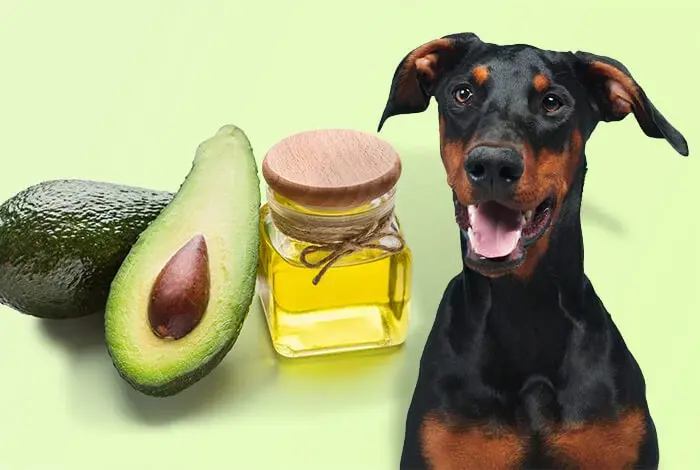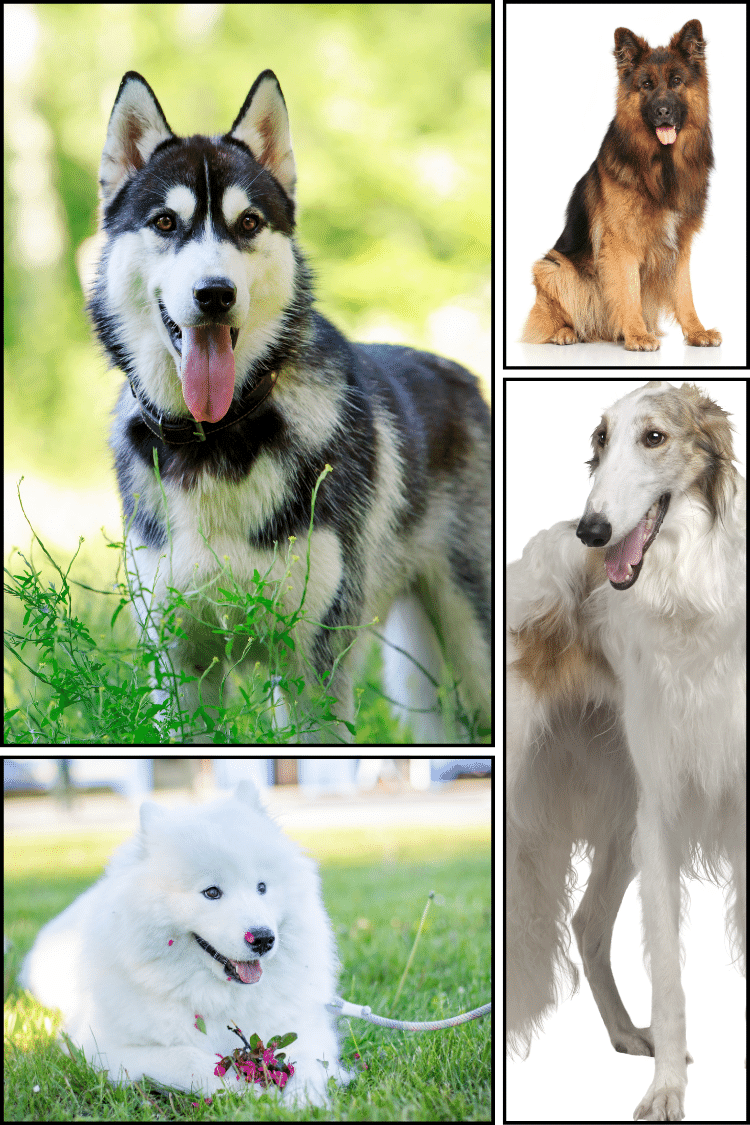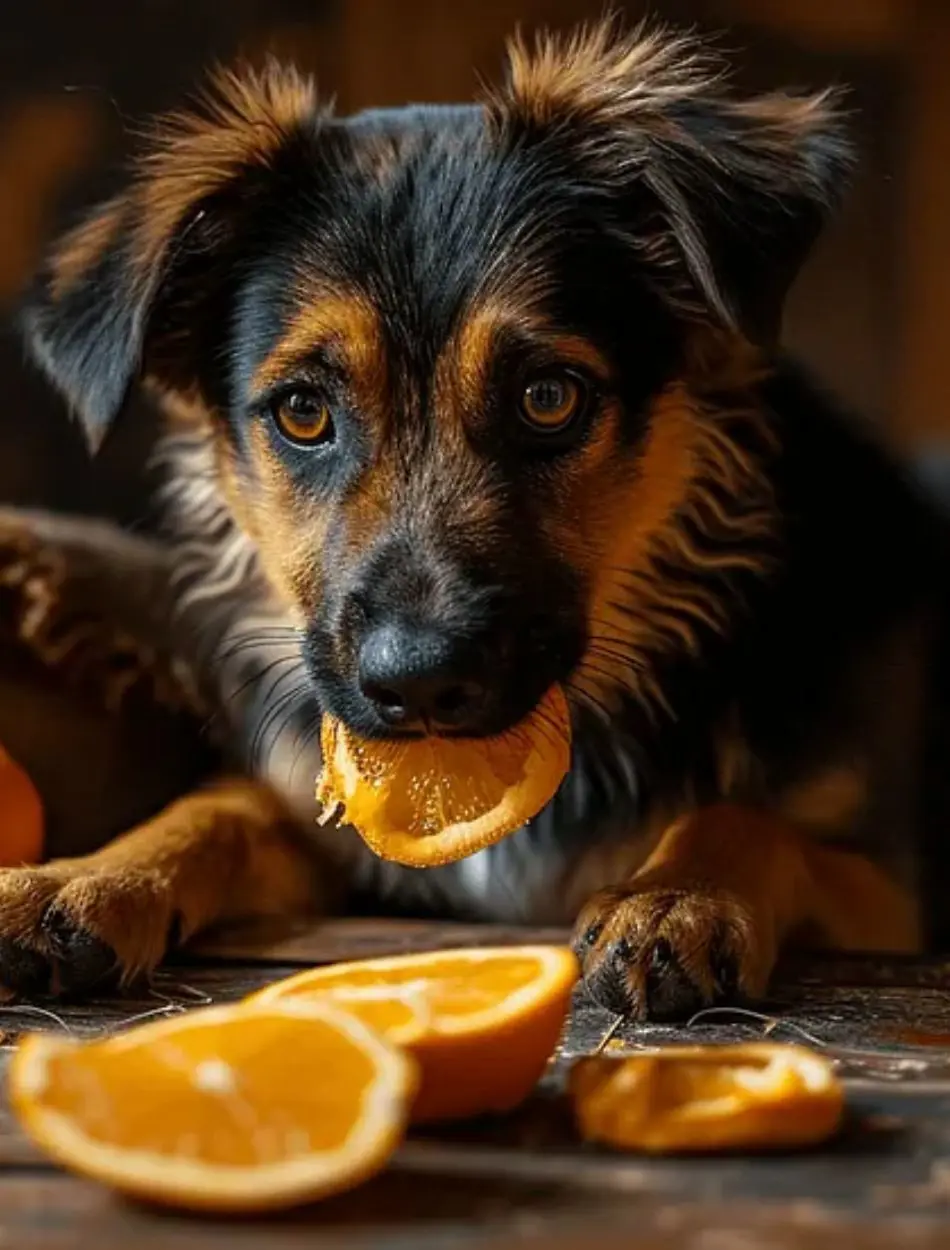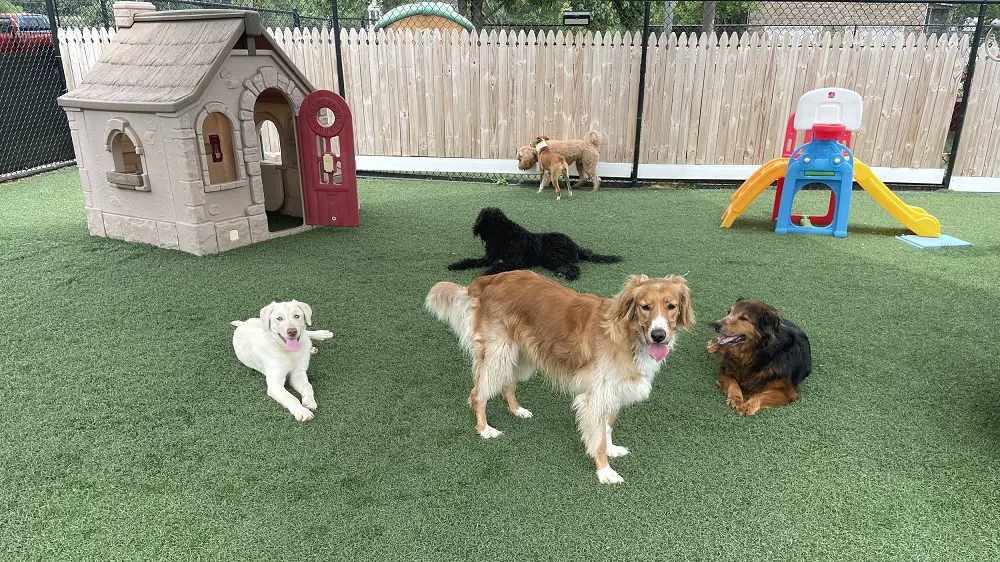10 Most Common Poisonous Plants for Dogs

As dog owners, it’s our responsibility to ensure the safety and well-being of our furry friends. One often overlooked danger lurking in our homes and gardens is toxic plants.
Many common household and garden plants can be harmful, or even fatal, to dogs if ingested.
This guide will help you identify some of the most common poisonous plants, understand the symptoms of plant poisoning, and provide tips on how to protect your dog from these potential hazards.
Common Poisonous Plants for Dogs
1. Sago Palm (Cycas revoluta)
Sago palm is a popular ornamental plant but highly toxic to dogs. Every part of this plant is poisonous, especially the seeds. Ingestion can cause vomiting, diarrhea, seizures, liver failure, and even death.
2. Oleander
Oleander is a beautiful but deadly shrub. All parts of this plant contain toxic compounds that can cause severe gastrointestinal, cardiac, and central nervous system issues. Symptoms include drooling, abdominal pain, and lethargy.
3. Azalea (Rhododendron spp.)
Azaleas are commonly found in gardens due to their vibrant flowers. However, they contain grayanotoxins, which can cause vomiting, drooling, and potentially fatal cardiac arrhythmias in dogs.
4. Tulips (Tulipa spp.)
Tulips are popular spring flowers. The bulbs are the most toxic part, causing intense gastrointestinal irritation, drooling, and central nervous system depression if ingested in large quantities.
5. Lily of the Valley (Convallaria majalis)
While visually appealing, Lily of the Valley contains cardiac glycosides, which are highly toxic to dogs. Ingestion can lead to symptoms such as vomiting, diarrhea, decreased heart rate, and even seizures.
6. Autumn Crocus (Colchicum autumnale)
Autumn Crocus is a substance that can cause severe gastrointestinal distress, liver and kidney damage, respiratory failure, and even death. Symptoms may be delayed, appearing several hours after ingestion.
7. Foxglove (Digitalis purpurea)
Foxglove is known for its beautiful, tubular flowers. However, it contains digitalis glycosides, which can affect the heart. Symptoms include nausea, vomiting, drooling, and severe cardiac arrhythmias.
8. Daffodils (Narcissus spp.)
Daffodils, another spring favorite, contain lycorine, which can cause severe vomiting, diarrhea, abdominal pain, and possible cardiac arrhythmias. The bulbs are the most toxic part.
9. Cyclamen (Cyclamen spp.)
Cyclamen, often kept as a houseplant, contains saponins, which are particularly concentrated in the tubers. Ingestion can cause severe gastrointestinal upset, including vomiting and diarrhea, and in severe cases, it can lead to seizures and death.
10. Dieffenbachia (Dieffenbachia spp.)
Commonly known as Dumb Cane, Dieffenbachia is a popular indoor plant. It contains insoluble calcium oxalates, which cause oral irritation, drooling, difficulty swallowing, and intense burning of the mouth, lips, and tongue.
Symptoms of Plant Poisoning in Dogs
Recognizing the symptoms of plant poisoning is crucial for timely intervention. Here are some common signs to watch out for:
- Gastrointestinal Issues: Vomiting, diarrhea, drooling, and abdominal pain are common symptoms.
- Neurological Symptoms: Lethargy, tremors, seizures, and unsteady walking may occur.
- Cardiac Symptoms: Irregular heartbeats, slowed heart rate, and collapse are severe signs.
- Respiratory Distress: Difficulty breathing or rapid breathing indicates severe poisoning.
- Oral Irritation: Pawing at the mouth, excessive drooling, and visible swelling or irritation of the mouth and tongue.
What to Do If Your Dog Ingests a Poisonous Plant
Identify the Plant: Quickly identify the plant your dog has ingested. This information is crucial for the vet.
Contact Your Vet: Call your veterinarian immediately or an emergency veterinary clinic. Provide details about the plant and your dog's symptoms.
Follow Professional Advice: Follow the vet’s instructions carefully. Do not induce vomiting unless instructed, as this can sometimes worsen the situation.
Bring a Sample: If possible, bring a sample of the plant to the vet to aid in identification and treatment.
Preventing Plant Poisoning
Prevention is the best approach to protect your dog from poisonous plants. Here are some preventive measures:
1. Research Before You Plant
Before adding new plants to your home or garden, research whether they are toxic to dogs. Opt for non-toxic alternatives whenever possible.
2. Dog-Friendly Landscaping
Design your garden and home landscaping with dog safety in mind. Avoid planting toxic plants and ensure that any existing hazardous plants are removed or inaccessible to your dog.
3. Training and Supervision
Train your dog to avoid chewing on plants and supervise them when they are in the garden or any area where they might encounter dangerous plants.
4. Safe Zones
Create safe zones in your garden where your dog can roam without encountering poisonous plants. Use barriers or fencing to restrict access to hazardous areas.
5. Indoor Plant Safety
Be mindful of indoor plants as well. Place toxic houseplants out of reach or choose dog-safe indoor plants. Ensure that any fallen leaves or flowers are promptly cleaned up.
6. Education and Awareness
Educate family members and visitors about the dangers of poisonous plants and ensure they do not bring toxic plants into your home or garden.
Ensuring the safety of your dog involves being vigilant about the plants in your environment. By familiarizing yourself with the common poisonous plants and taking proactive steps to prevent exposure, you can create a safer home and garden for your furry friend.
Remember, if you suspect your dog has ingested a toxic plant, immediate action and veterinary care are crucial for their health and recovery. With careful planning and awareness, you can enjoy the beauty of plants without compromising your dog’s safety.
Top Lists






